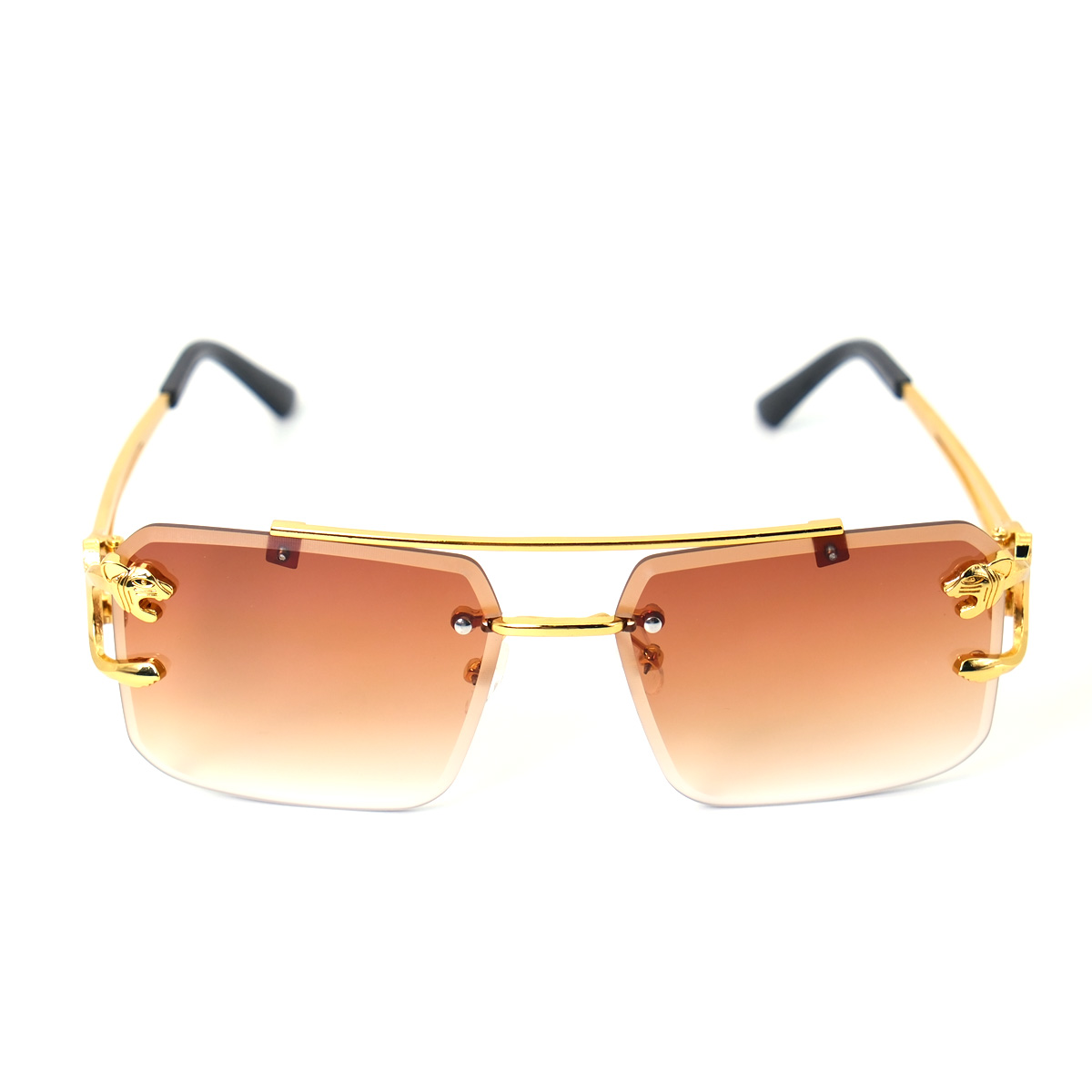What are the functions of photochromic lenses and polarized lenses?
Eyewear plays a vital role in protecting our eyes and enhancing visual clarity. Two popular types of lenses known for their specific functions are photochromic lenses and polarized lenses. Photochromic lenses adapt to changing light conditions, while polarized lenses reduce glare and enhance visual comfort. In this article, we will explore the functions and benefits of both photochromic and polarized lenses, shedding light on how they improve vision in different environments.
1. Photochromic Lenses:
Photochromic lenses, also referred to as transition lenses, are designed to automatically adjust their tint based on the amount of UV light available. These lenses darken when exposed to bright sunlight and lighten when indoors or in low-light conditions. The key functions of photochromic lenses include:
a. Light Adaptation: Photochromic lenses provide seamless adaptation to changing light conditions. They darken when exposed to UV light, protecting the eyes from excessive brightness and harmful UV rays. When the UV light diminishes, such as when moving indoors, the lenses quickly lighten, ensuring optimal visual clarity.
b. UV Protection: Photochromic lenses effectively block harmful UV rays, reducing the risk of eye damage caused by prolonged exposure to the sun. They provide similar UV protection to standard sunglasses, safeguarding the eyes from conditions like cataracts, macular degeneration, and photokeratitis.
c. Convenience: The adaptability of photochromic lenses eliminates the need to carry and switch between multiple pairs of glasses. They offer convenience by seamlessly transitioning between clear and tinted lenses, ensuring optimal vision in various lighting conditions without the hassle of changing eyewear.
d. Eye Comfort: By adjusting the tint level, photochromic lenses minimize eye strain caused by excessive brightness or glare. They provide a comfortable viewing experience by reducing the intensity of light entering the eyes, particularly in bright outdoor environments.

2. Polarized Lenses:
Polarized lenses are specially designed to reduce glare caused by reflected light, offering enhanced visual clarity and comfort. These lenses contain a filter that vertically aligns the light waves, selectively blocking horizontally polarized light. The primary functions of polarized lenses include:
a. Glare Reduction: Polarized lenses significantly reduce glare from surfaces like water, snow, glass, and shiny objects. Glare occurs when light waves bounce off these surfaces and become horizontally polarized, leading to visual discomfort and reduced visibility. Polarized lenses selectively block this horizontally polarized light, enhancing clarity and reducing eye strain.
b. Improved Contrast and Clarity: By reducing glare, polarized lenses enhance contrast and improve overall visual clarity. They allow wearers to see details more vividly, especially in outdoor activities such as driving, water sports, skiing, and fishing. Polarized lenses provide sharper vision and better perception of depth and colors.
c. UV Protection: Similar to photochromic lenses, polarized lenses offer UV protection, shielding the eyes from harmful UVA and UVB rays. Prolonged exposure to UV radiation can cause various eye conditions, including sunburn of the eyes (photokeratitis) and long-term damage to the retina. Polarized lenses provide an additional layer of defense against these harmful rays.
d. Reduced Eye Fatigue: Glare can cause eye fatigue and discomfort, particularly during extended periods of outdoor activities. By minimizing glare, polarized lenses help reduce eye strain, allowing for longer and more comfortable visual engagement in bright environments.
Both photochromic and polarized lenses offer unique functions and benefits to enhance vision in different environments. Photochromic lenses adapt to changing light conditions, providing seamless light adaptation, UV protection, convenience, and eye comfort. On the other hand, polarized lenses reduce glare, improve contrast and clarity, offer UV protection, and reduce eye fatigue. By understanding the functions of these lenses, individuals can make informed choices when selecting eyewear that suits their specific visual needs and activities. Whether it's adapting to varying light conditions or reducing glare and enhancing clarity, photochromic and polarized lenses provide valuable solutions for optimal vision and eye protection.
